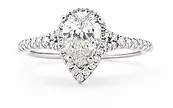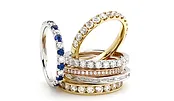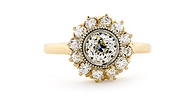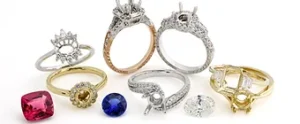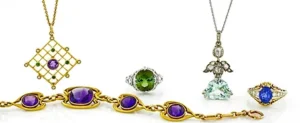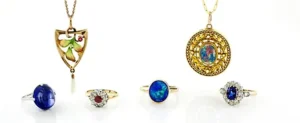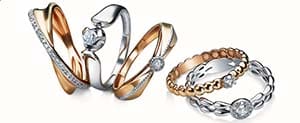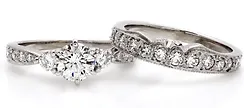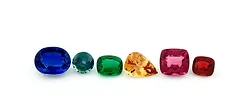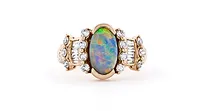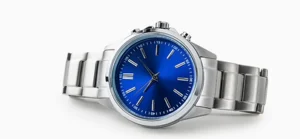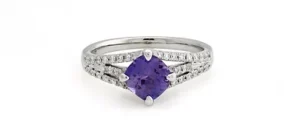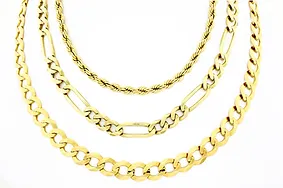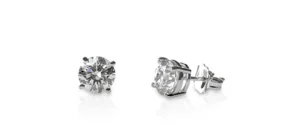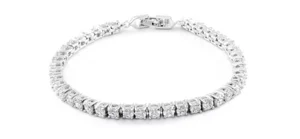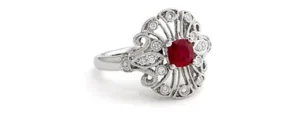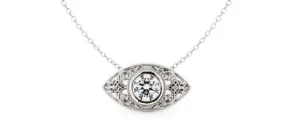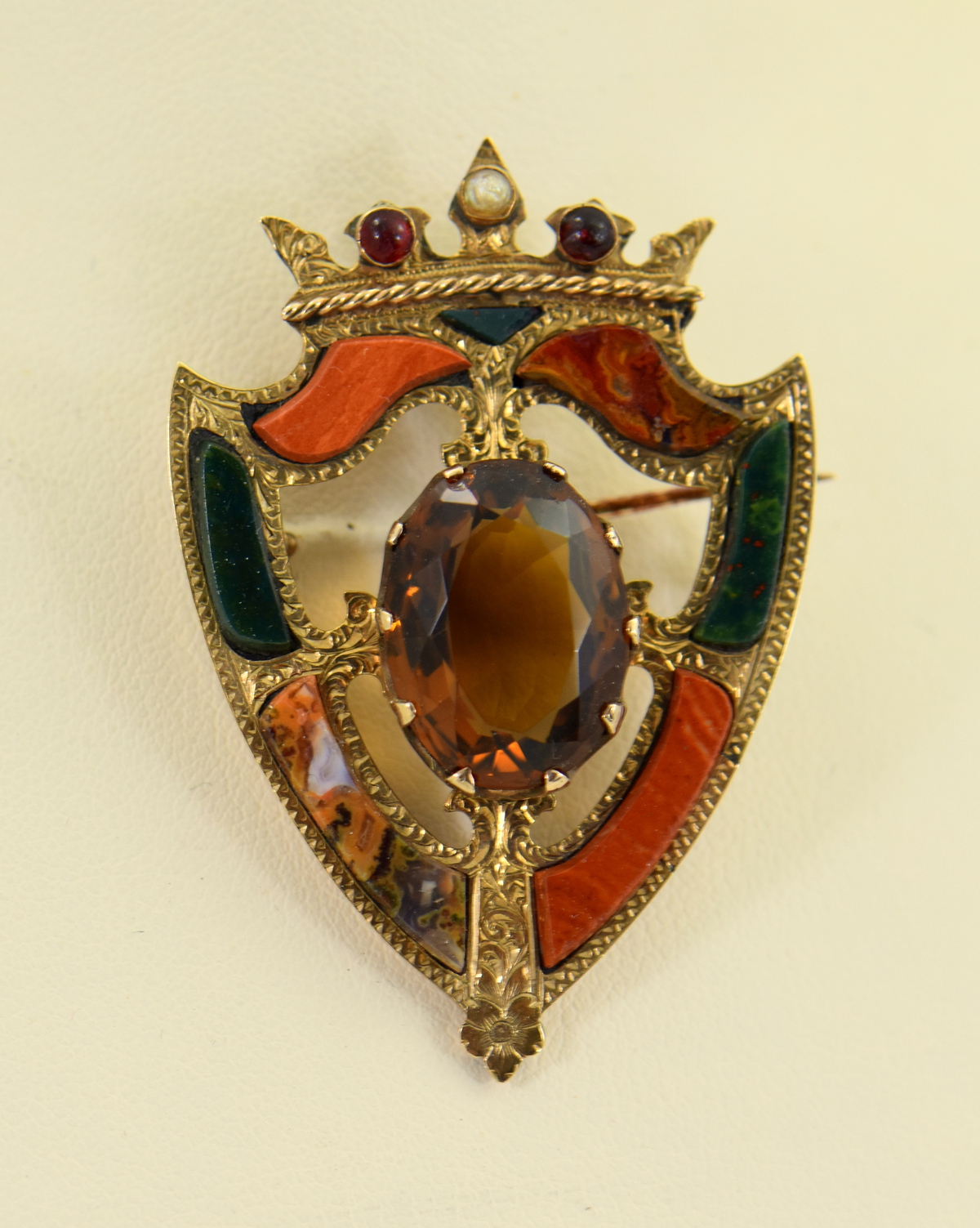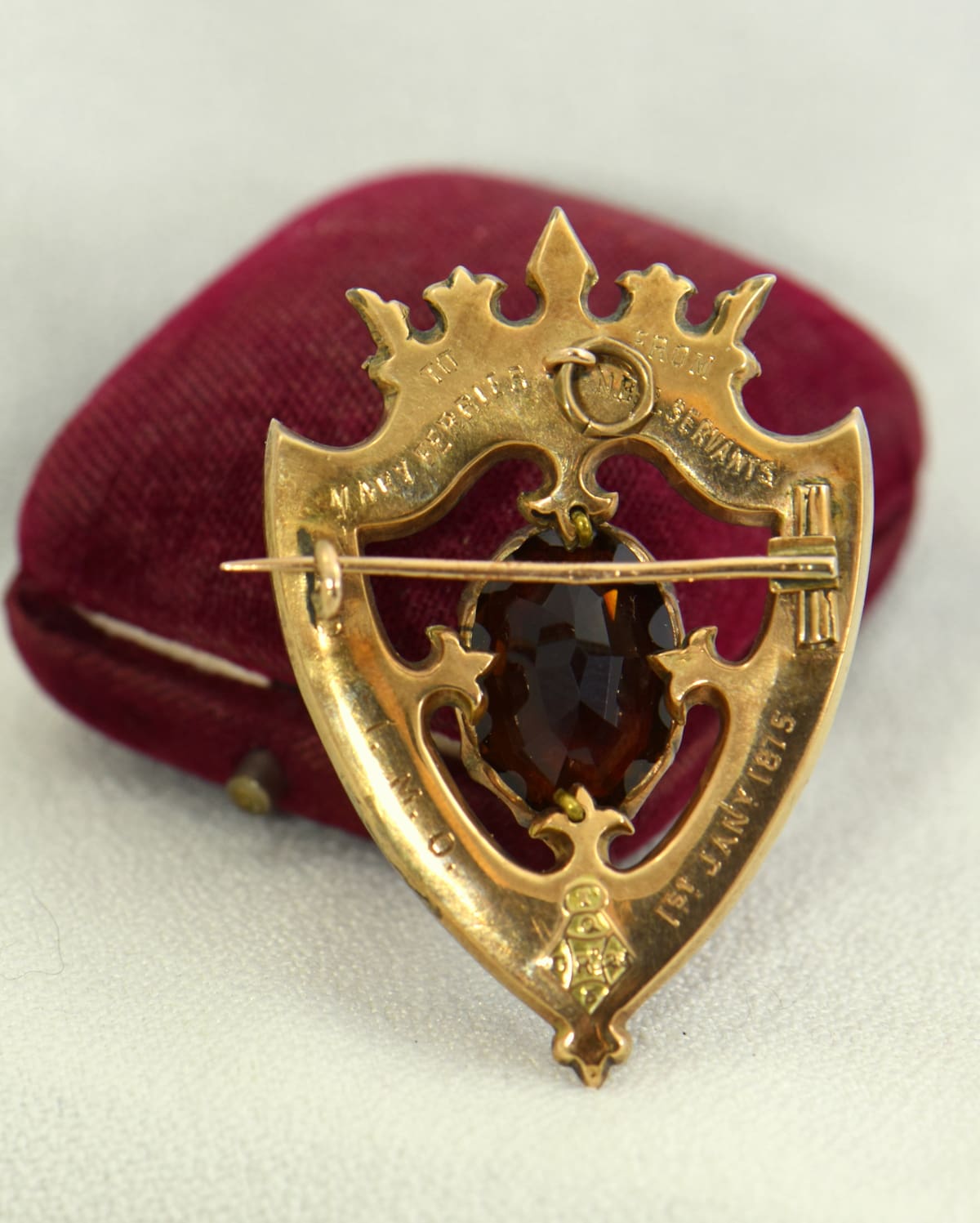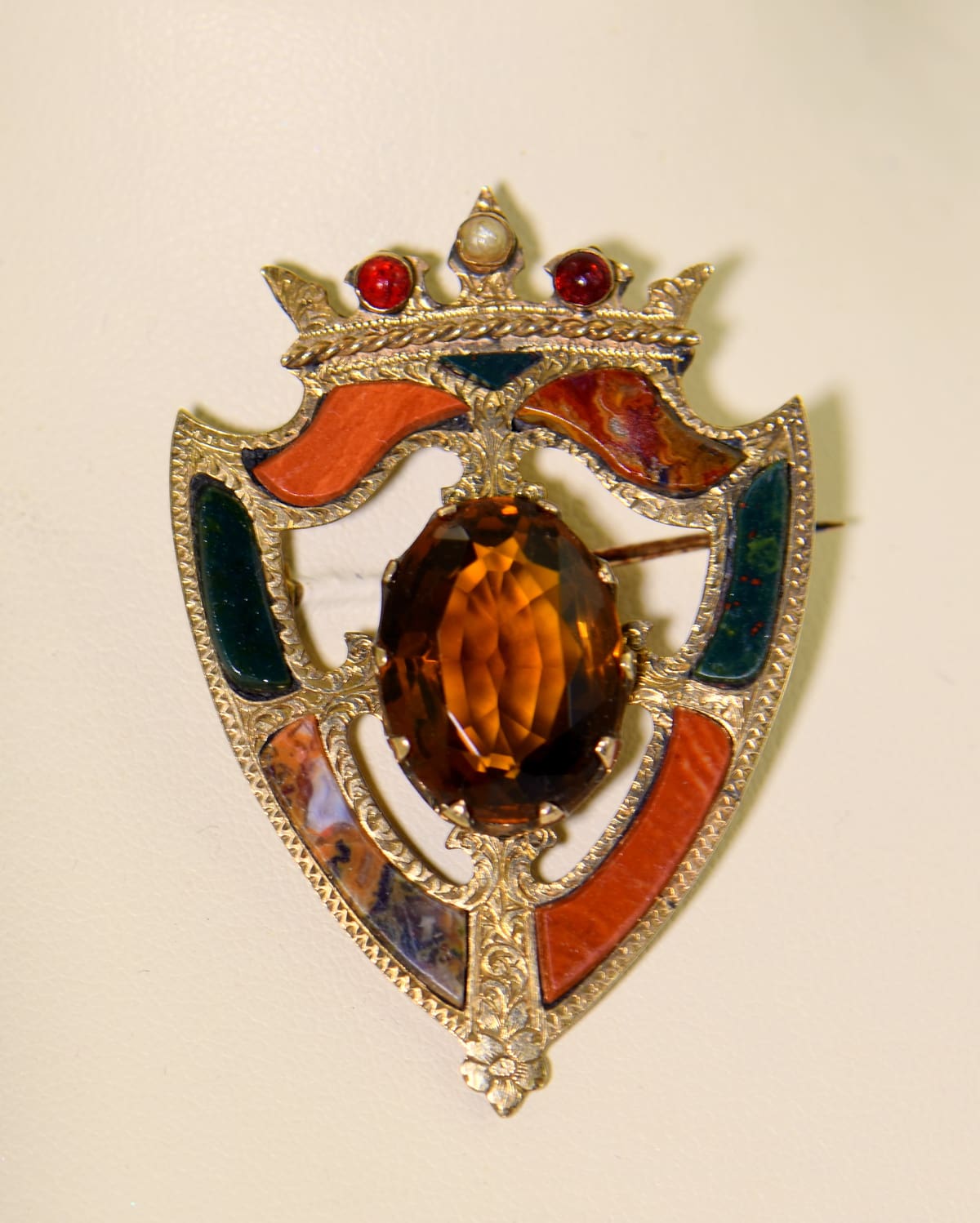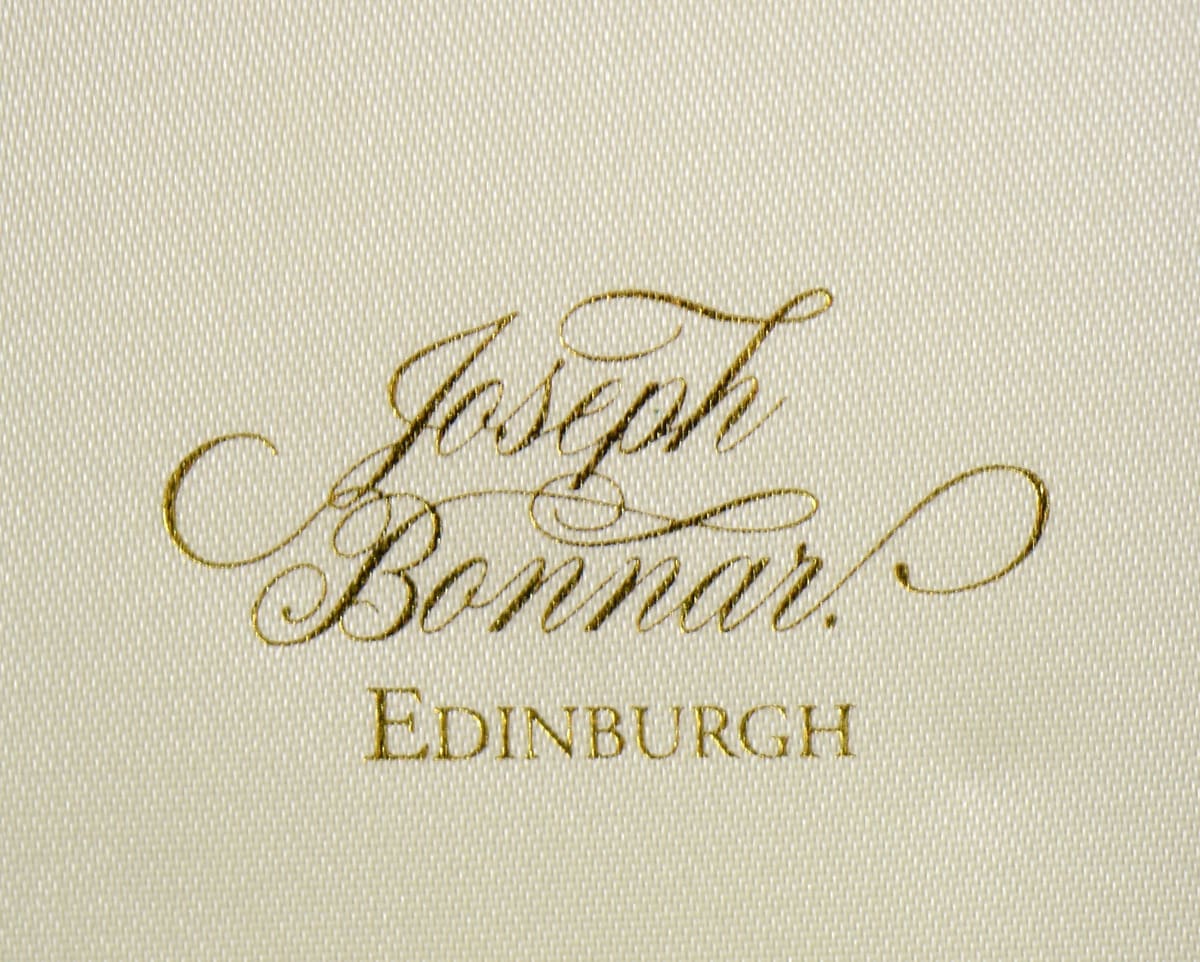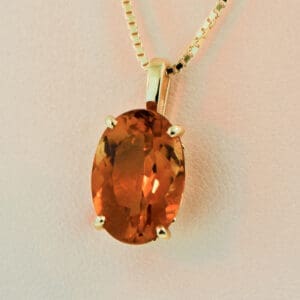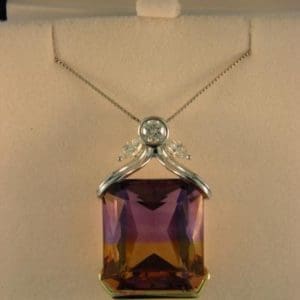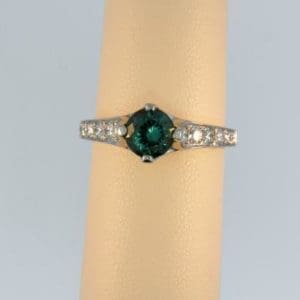Shop our new shopping experience. Find all our available products here
Victorian Edinburgh “Luckenbooth” Brooch in Gold with Scottish Gems
SOLD
Free Shipping
30 Day Money Back Guarantee
1 Year Warranty
Product Description
This lovely and substantial Scottish Pebble brooch is one of the most interesting items we have in our cases. The piece is made in solid 9ct British gold and inscribed on the back with a personal and mysterious note “To Mary Ferrier, From her Servants, 1st January 1875.” It is further embellished with hallmarks which tell us it was made in Edinburgh in 1875. The piece takes the shape of a crowned heart, known as a luckenbooth, which is one of the symbols of Scottish royalty. It is embellished with Scottish gemstones: first set in the center with a large oval Citrine, known as a Cairngorm since they are mined in the Scottish Highlands park of the same name. Then, around the outside are agates found throughout Scotland, and across the top are a Garnet from the highlands and pearls from the river Tweed in the lowlands. All of the gold surfaces are engraved by hand with Celtic motifs and it is finished with a high level of craftsmanship. The reverse of the piece has the original pin mechanism as well as a bail which would allow it to be worn as a pendant. This is the perfect item for someone of Scottish heritage or anyone who is fan of Celtic design.
This Scottish Pebble brooch is an example of jewelry that was very popular in Victorian Britain. When Queen Victoria purchased the Balmoral Estate in Scotland, and celebrated her Scottish roots, she popularized all things Scotland in upper-class Britain. Thus the jewelry that had always been made by Scottish silver and goldsmiths became haute couture, and was made in larger quantities and with finer materials. These pieces are known as pebble brooches since the center pieces were agates and Cairngorms, often found by rock collectors and incorporated into the pieces. The designs are almost always Celtic- crosses, shields, knots, kilt pins, daggers, etc. that reflected the traditional jewelry of the clans. Unfortunately, by the late 1800s many of these pieces were being made en-masse in England to satisfy demand, and were not of the same high quality. Thus the early and mid Victorian pieces of superb craftsmanship like this, especially in gold, are coveted today. This one also has great provenance- it was most recently purchased from esteemed Edinburgh jeweler, Joseph Bonnar.
Details: Victorian Scottish 9ct rosy yellow gold brooch with 10ct oval Cairngorm Citrine, fancy cut Agates and Jasper, cabochon Garnet, and river Pearls; circa 1875.
Product Specifications
| Age | |
|---|---|
| Design | |
| Metal | |
| Stone |

